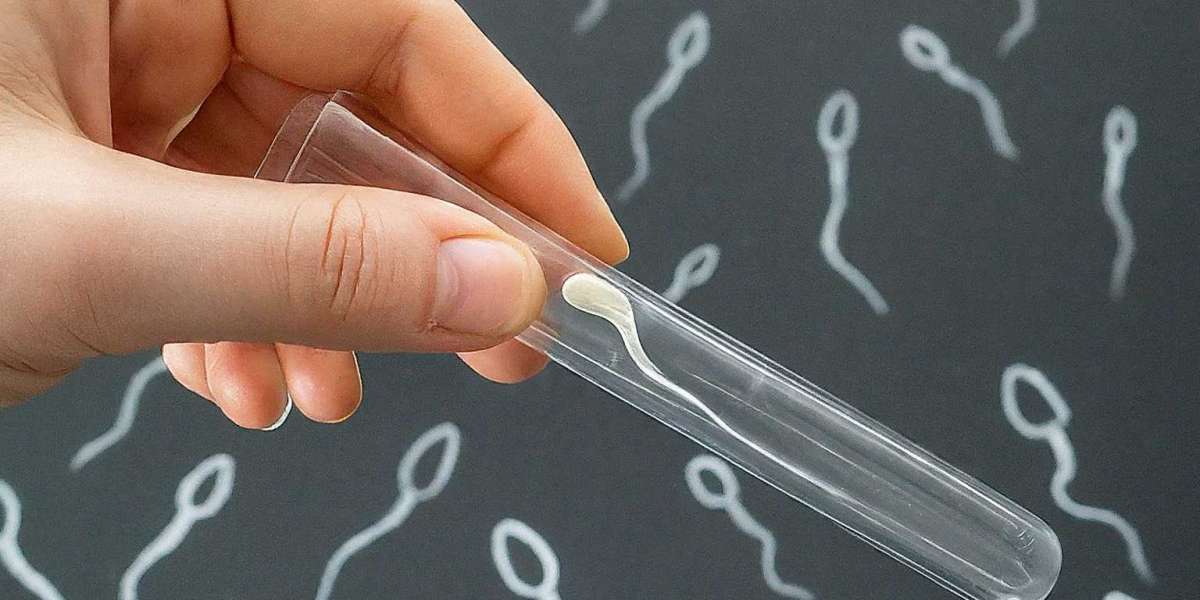Male infertility is a significant factor in many couples' struggles to conceive. Understanding and diagnosing male infertility is crucial for effective treatment. One of the primary tools for diagnosing male infertility is semen analysis. This simple yet comprehensive test provides vital information about a man's reproductive health.
What is Semen Analysis?
Semen analysis is a laboratory test that evaluates the health and viability of a man's sperm. It measures several key parameters, including sperm count, motility (movement), morphology (shape), volume, pH, and the presence of white blood cells or other abnormalities. This analysis helps doctors identify potential issues that could be affecting fertility.
The Importance of Sperm Count
Sperm count is one of the most critical aspects of semen analysis. It refers to the number of sperm present in a given volume of semen. A low sperm count, known as oligospermia, can significantly reduce the chances of fertilizing an egg. A very low sperm count may indicate azoospermia, where no sperm are present in the ejaculate. Both conditions can be key indicators of male infertility.
Sperm Motility and Its Impact
Sperm motility is another crucial factor in semen analysis. It measures the ability of sperm to move effectively. Sperm must travel through the female reproductive tract to reach and fertilize the egg. Poor motility, or asthenozoospermia, means the sperm are not moving well enough to reach the egg, reducing the likelihood of conception.
Sperm Morphology: Shape Matters
The shape of sperm, or sperm morphology, is also assessed during semen analysis. Normal sperm have a standard shape with an oval head and a long tail. Abnormal sperm may have defects in the head, midsection, or tail, affecting their ability to fertilize an egg. A high percentage of abnormally shaped sperm, known as teratozoospermia, can be a significant factor in male infertility.
Volume and pH of Semen
The volume of semen produced during ejaculation is another parameter measured in semen analysis. Low semen volume, known as hypospermia, can reduce the number of sperm available to fertilize an egg. The pH level of semen is also checked, as abnormal pH can indicate issues with the seminal vesicles or prostate, which can affect sperm function and viability.
White Blood Cells and Other Indicators
The presence of white blood cells in semen, called pyospermia, can indicate infection or inflammation in the male reproductive tract. Infections can harm sperm quality and function, contributing to infertility. Semen analysis also looks for other abnormalities, such as the presence of antisperm antibodies, which can impair sperm movement and function.
Preparing for Semen Analysis
Before undergoing a semen analysis, men are typically advised to abstain from ejaculation for 2-7 days. This ensures an accurate assessment of sperm count and quality. It is also recommended to avoid alcohol, caffeine, and certain medications that could affect the test results.
Interpreting the Results
The results of a semen analysis are compared to the World Health Organization (WHO) reference values. These values provide a benchmark for what is considered normal. However, it's important to note that one abnormal result does not necessarily mean infertility. Multiple tests and a comprehensive evaluation are often needed to diagnose male infertility accurately.
Treatment Options Based on Semen Analysis
If semen analysis indicates abnormalities, there are several treatment options available. Lifestyle changes, such as improving diet, reducing stress, and quitting smoking, can enhance sperm quality. Medications and hormonal treatments may be prescribed to address specific issues. In some cases, assisted reproductive technologies like intrauterine insemination (IUI) or in vitro fertilization (IVF) may be recommended.
Conclusion
Semen analysis is a vital tool in diagnosing male infertility. By evaluating sperm count, motility, morphology, volume, pH, and other factors, it provides a comprehensive overview of a man's reproductive health. Understanding these parameters helps infertility specialists develop effective treatment plans. If you suspect male infertility, consult a specialist and consider undergoing a semen analysis. Early diagnosis and intervention can significantly improve the chances of achieving a successful pregnancy.








